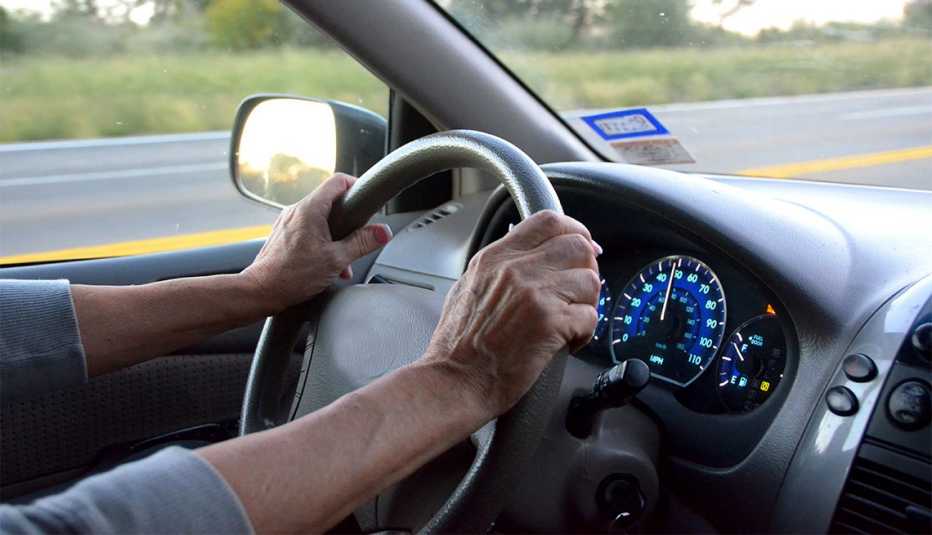AARP Hearing Center
Your high-tech car can prevent you from drifting into the wrong lane, help you see what’s behind you, and provide an alert if you’re too close to that truck on the highway.
But is it dangerous to skip more traditional safety checks to avoid pitfalls? It might be.
Since most car accidents are caused by human error, advances in automotive technology that keep us safer on the road — especially in emergency situations — can help reduce the number of accidents, according to the Insurance Institute for Highway Safety.
However, becoming accustomed to advanced driver-assistance systems (ADAS) — including backup cameras, lane-assist warnings and emergency braking — or relying exclusively on the GPS for directions may be turning some drivers into less careful motorists.
Drivers may no longer turn their heads to check blind spots, thinking that a beep or flashing light will provide an alert instead. Motorists might not bother to turn around and look out the back window while in reverse, assuming the rear-view camera shows the entire picture. They may even zone out while driving, thinking the GPS will provide enough time to cross three lanes of traffic for an exit.
But here are some reasons drivers should be aware of vehicle technology limitations and stay alert behind the wheel.
1. Vehicle safety technology can’t do everything
ADAS are changing the nature of driving, says William Horrey, technical director of the American Automobile Association’s Foundation for Traffic Safety in Washington, D.C.
“These systems are taking on additional driving responsibilities, whether they’re controlling your speed and spacing with an adaptive cruise control system or controlling your position with lane sensory technology,” he says. But these features are far from foolproof, he adds.
Last year, the AAA Foundation released new research about how cameras, automatic emergency braking and lane-keeping assistance work in heavy rain or when smeared with dirt or squashed insects. In lousy weather or less-than-ideal driving conditions, ADAS equipment that relies on sensors and cameras can’t clearly “see” the road, other cars or painted lines, which could affect the car’s performance, Horrey says.




































































